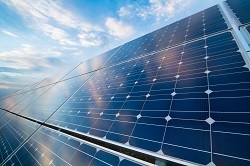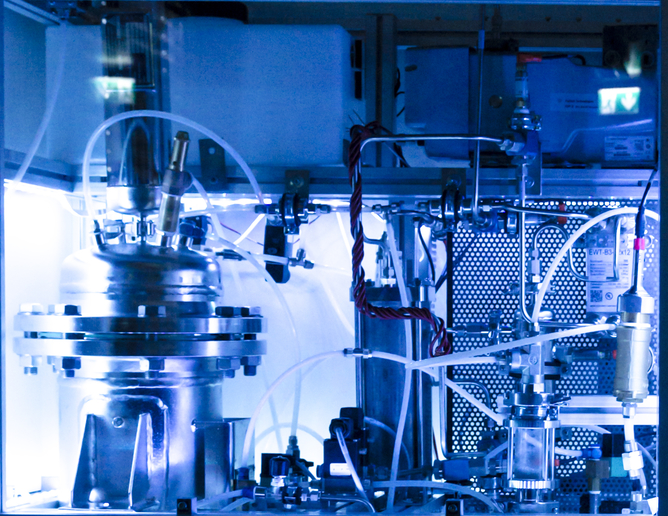A step up in solar cell efficiency
Photovoltaics (PV) - the technology behind generating electricity from the sun - is becoming increasingly competitive as the costs of manufacturing crystalline silicon based modules falls. This is fuelling a new generation of ultra-high efficiency photovoltaic devices such as that designed by the HERCULES project. Solar cell efficiency indicates the portion of the available sunlight that can be converted via photovoltaics into electricity. ‘More efficiency means more Watts generated and so ultimately the cost of each module is reduced,’ says Delfina Munoz of the Solar Technologies Department at the French Alternative Energies and Atomic Energy Commission (CEA) and the coordinating project partner. ‘Furthermore, it allows to use less space for the same power capacity and this also reduces the associated production costs,’ she adds. With 15 partners, from France, Germany, Switzerland, Spain, Norway, the Netherlands and Hungary and coordinated by CEA and INES (the National Solar Institute), HERCULES has been overcoming the technical difficulties of improving current solar cell performance. Munoz explains, ‘The theoretical efficiency limit of the silicon solar cells is about 29 %. Reaching even 25 % is a challenging task that requires optimisation and close to perfection of all the parameters affecting efficiency.’ HERCULES has been trying to increase efficiency using a new design that will allow simple, efficient, and cost effective production of photovolatic devices. Current solar cells run at an efficiency of 18 to 20 %. Their concept is to develop innovative device structures based on a single crystal form of silicon (n-type monocrystalline silicon or c-Si) but their design integrates both heterojunction bifacial (SHJ) and Interdigitated Back contact (IBC). technologies. An SHJ solar cell combines mono-crystalline and amorphous silicon layers, a structure which minimises the power loss. IBC technology allows more current to flow by putting contacts on the rear of the cell. This eliminates shading effects caused by the presence of other materials on the device surface. Shading is one of the most significant causes of losses in a pv system and can have a disproportionate effect by lowering outputs from the whole device surface. In the 3-year project, completed in November 2016, the HERCULES consortium has successfully developed large area SHJ solar cells reaching an efficiency of almost 23 % at the laboratory scale. Project partners Meyer Burger in Switzerland and INES in France have developed pilot lines and are able to produce 2 400 wafers per hour. They have also demonstrated industrial readiness by scaling up to the production of more than 100 000 SHJ cells with efficiencies over 22 %. The consortium has also fabricated an IBC cell with over 24 % efficiency and have industrially produced 1 200 of these cells. In addition, they have designed combined IBC-SHJ high efficiency devices with efficiencies over 22.5 % and the project has worked on new design solutions to connect solar cells into panels more efficiently. ‘One of the keys to success is keeping the costs down. We have demonstrated a total cost of ownership below $0.4 per Watt (at peak power - when operated under full solar radiation) for both IBC and SHJ technologies,’ Munoz says. ‘This measure determines the direct and indirect costs of ownership and our ultra-high efficiency devices are already able to match current solar panel costs.’







